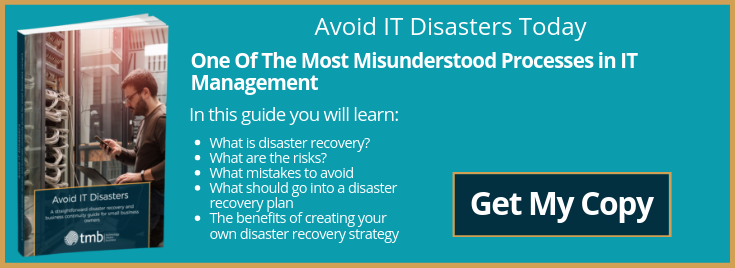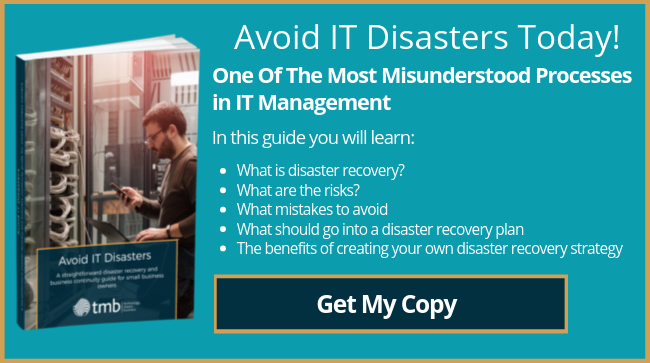What Are The Risks Of Ignoring A Disaster Recovery Plan?
Ignoring a disaster recovery plan can have serious consequences for business continuity. It is even more serious when a company does not have an initial plan in place. IT interruption is something that can be planned for, but following through with that preparedness is important. Here’s what you need to know!

What Is A Disaster Recovery Plan?
A disaster recovery plan is the digital equivalent of a fire drill. In order to save lives and prevent fires, your office will have extinguishers, fire escapes, signage, and basic rules, such as not smoking cigarettes in the office. Fire drills were designed after major tragedies cost unnecessary lives.
The office is the shell of the business: most of an organisation is digital. Therefore, to keep the heart of the company safe from harm, a disaster recovery plan is needed. Disaster recovery plans can be thought of as a modern-day addition to basic health and safety.
What Kind Of Disasters Do IT Systems Face?
By far the most prevalent is hacking. An abstract but serious phenomenon, malware infiltrates a system in order to extract money, steal data or cause mayhem. Statistics suggest that one business is hacked every 14 seconds. Cybercrime is currently treated as a legal issue, and companies are ordered to pay considerable fines if they breach GDPR rules, even though it’s normally the organisation that is the victim. When cybercrime occurs, companies lose trading hours, and a long-lasting PR dent is likely.
We’re All Human
Non-cybercrime disasters also happen. These range from accidents to human error. Every individual has a tale to tell about how a spilled coffee destroyed a laptop, or how forgetting to back up a file resulted in data loss. This equates to real productivity and business continuity loss, whether through having to recreate the data or the cost of replacing hardware.
When Other Disaster Strikes…
It’s all well and good staying up to date with GDPR, changing your password every six weeks, and locking your computer every time you leave your desk – but what happens when you can’t even get to your data? We are ever-more reliant on technology in this digital era, but earthquakes, power cuts, and run-of-the-mill thieves haven’t yet gone extinct. If you physically cannot access your data due to an external incident, know that it is still in safe hands with your disaster recovery plan.
How Should Disaster Recovery Plans Be Used?
The secret to excellent disaster recovery plans is good risk assessment, which needs to be backed up by regular reviews. The main difficulty with IT systems is that threats are constantly shifting. Businesses are forced to play an endless game of cat and mouse with criminals, and this means that the risks are always shifting. Disaster recovery plans analyse the individual risks to an organisation and fix any problem areas. When routinely updated, disaster recovery plans run in tandem with current requirements.
Practising disaster recovery plans is an excellent way of preparing for the worst. IT disasters can happen in a variety of formats, so various contingencies need to be understood. Research shows that an IT disaster floods employees with uncertainty and stress, which can have an impact on morale and productivity. By preparing for IT problems, employees are empowered and engaged, and have increased resilience. Studies show that this greatly enhances the recovery process after a traumatic event.
Being Prepared
Hopefully it will never happen, but it is best to be prepared. To learn more about disaster recovery plans, download your copy of our Disaster Recovery Guide today.
Image source: Pixabay


